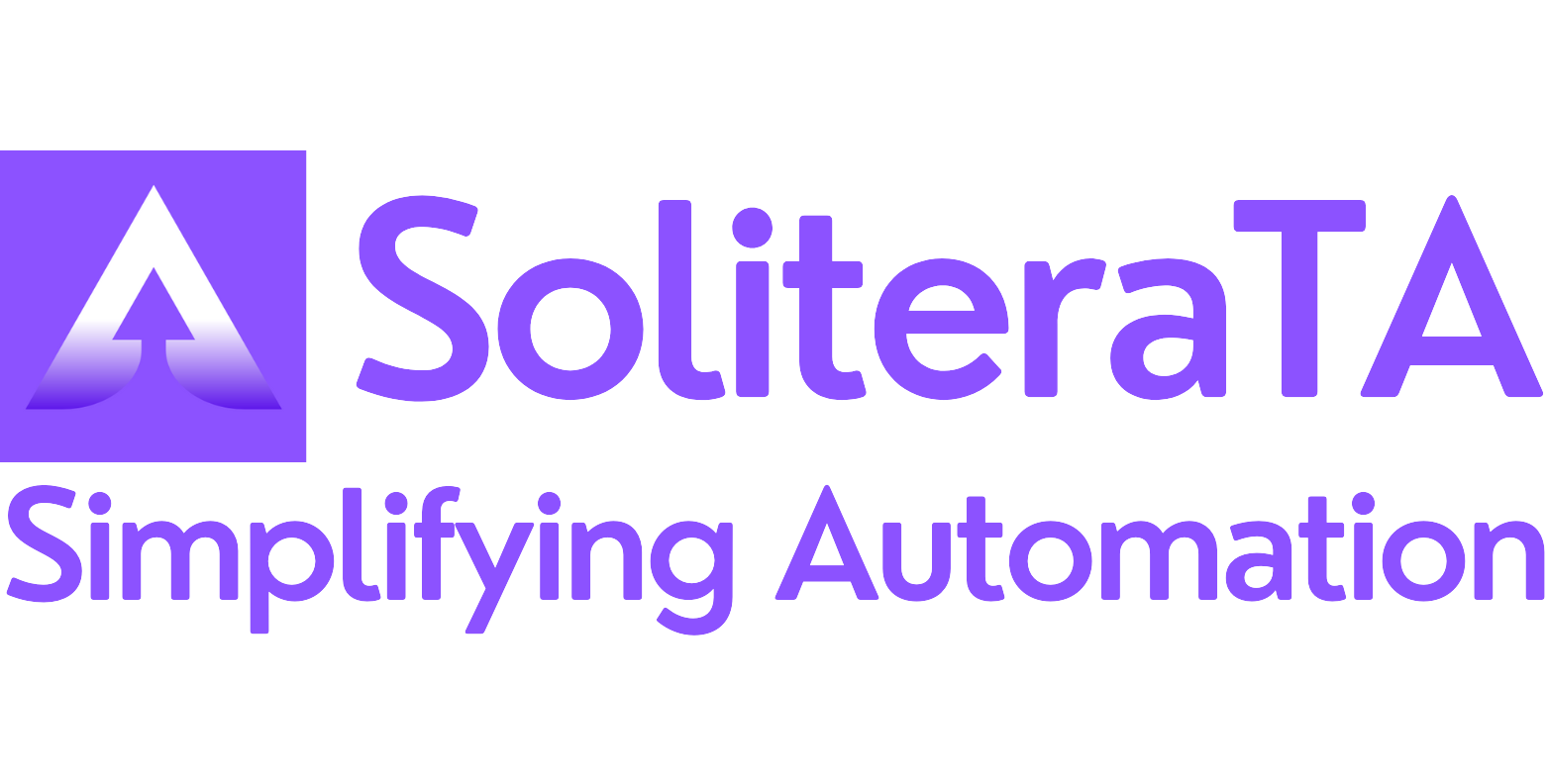get NativeWindowHandle from desktop application of element {string} and store as {string}
Desktop step-Definition get NativeWindowHandle from desktop application of element {string} and store as {string} Keyword Given, When, And, Then Description Will get the native window handle of the given element, try to pass the top element so that It can be used to switch to that window later on. Declaration Code Element Application Test Data Then get NativeWindowHandle from desktop application of element “InputField” and store as “ProgramFiles” ” InputField XPATH //input[@id=”Input”] ” NILL NILL Remarks This step is used to switch on the native window of the desktop application by using their top element. Restriction Element and application file should be in xml format. The desktop window should be accessible and in focus. Ensure that “element_name” is a valid and unique identifier. Table of contents Keyword Description Declaration Remarks Restriction
